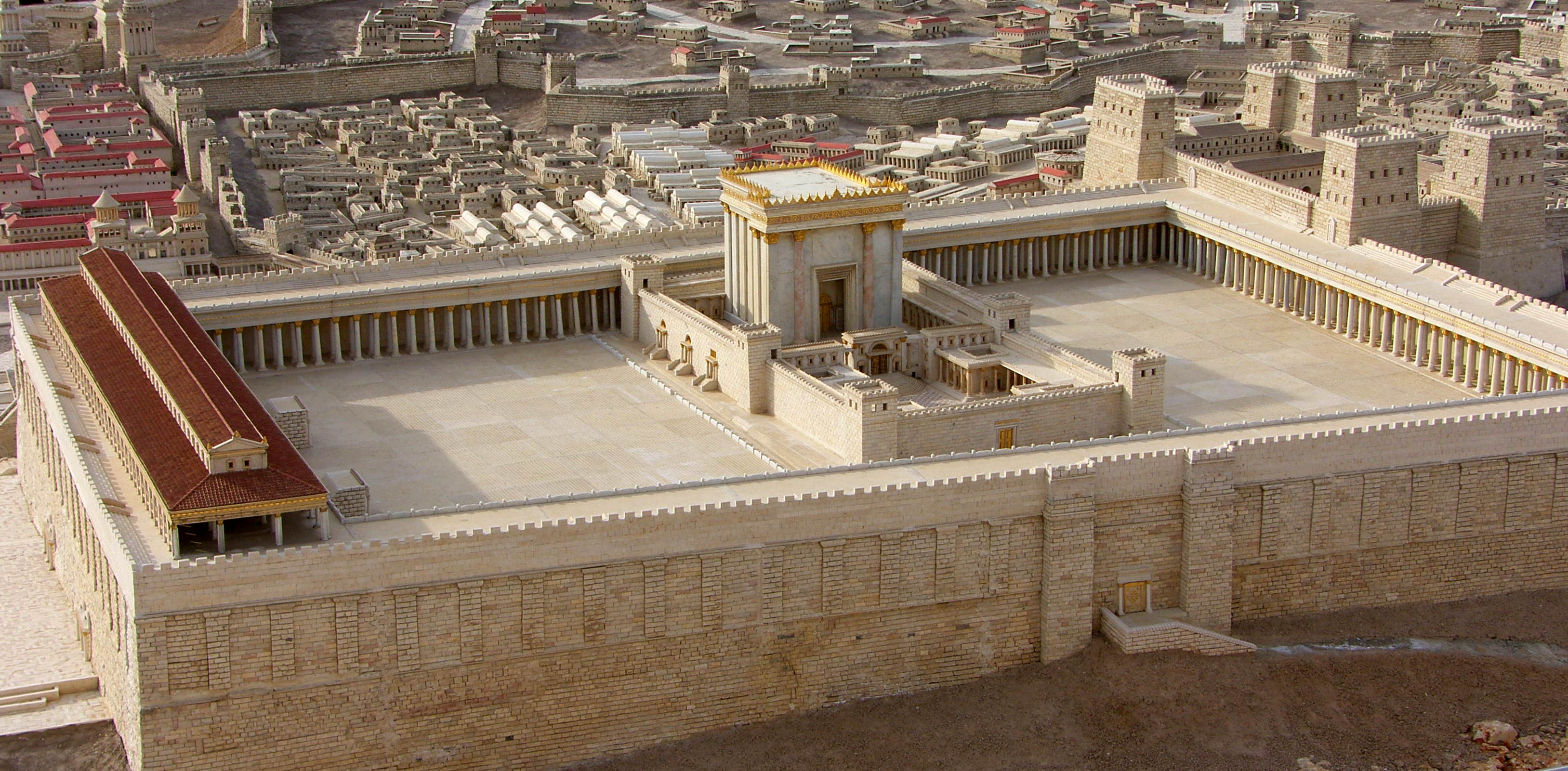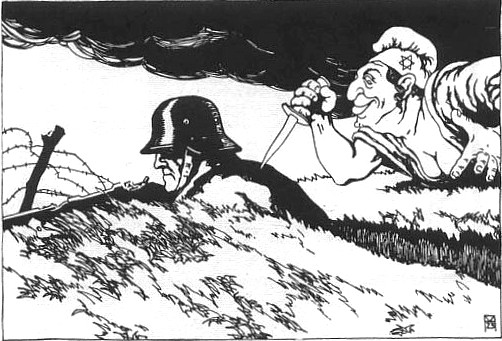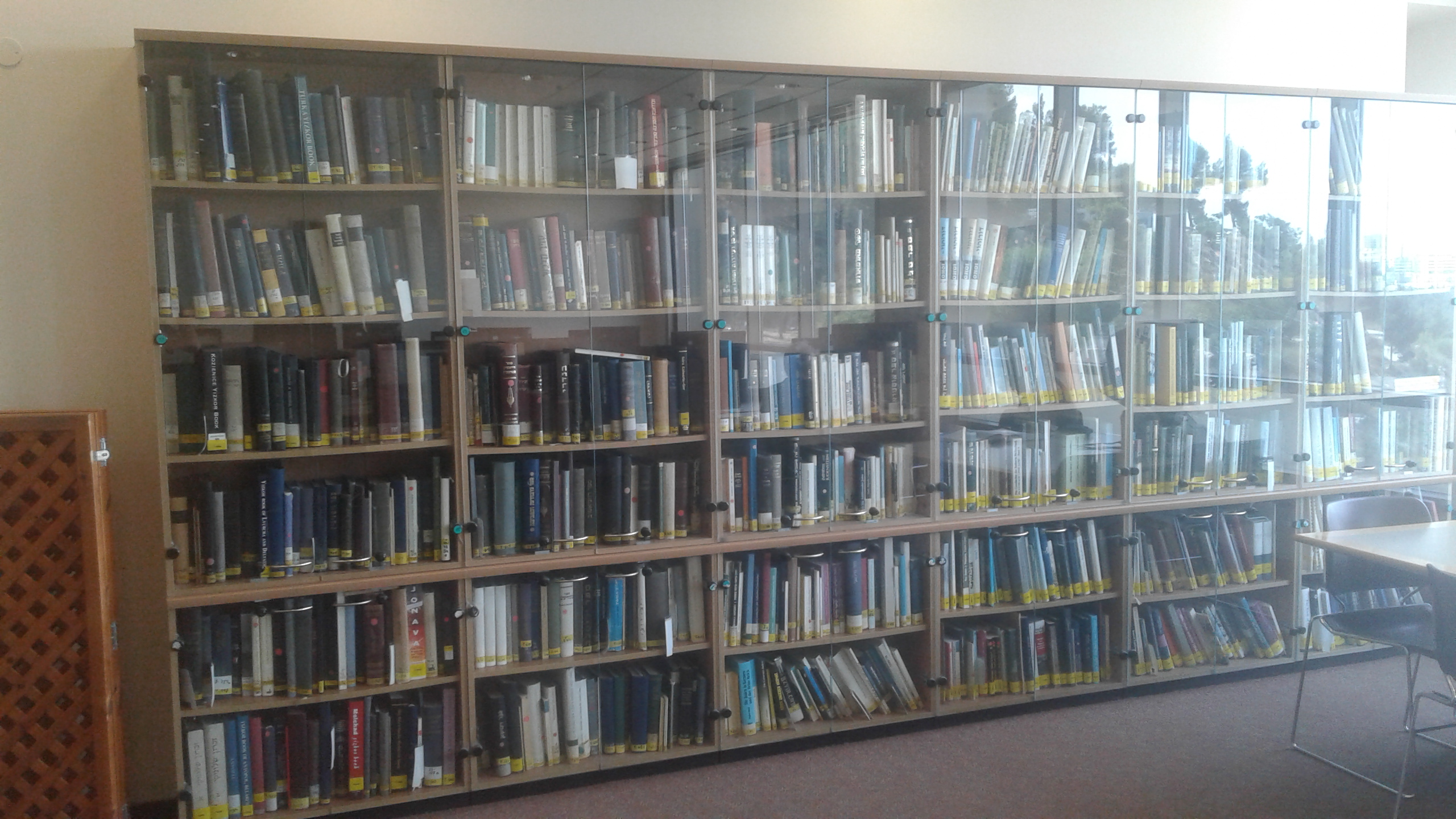|
Khurbn
The Hebrew word ''khurbn'' () means a "cataclysmic, utter destruction", and is used in Yiddish to describe several major catastrophes of the Jewish people, starting with the destruction of the Solomon's Temple, first and the Siege of Jerusalem (70 CE), second temples, pogroms in Russia during the First World War, and the Holocaust. Writer and social activist S. An-sky's, who was a relief worker during the First World War, wrote a book titled ''Jewish Ethnographic Expedition#Ethnography and relief work during the war, Khurbn Galitsiye'' (, ''The Destruction of Galicia''). After World War II, the word ''khurbn'' is often used as a synonym to the Holocaust, (also ''khurbn eyrope'' ()), and is sometimes used in the titles of memorial books (yizkor books) about the destroyed shtetls, like ''Khurbn Proskurov'', Rakhel Feygenberg's ''A pinkes fun a toyter shtot (khurbn dubove)'' (Chronicle of a Dead City: The Destruction of Dubove), Max Kaufmann's early (1947) history of the genocide in ... [...More Info...] [...Related Items...] OR: [Wikipedia] [Google] [Baidu] |
Names Of The Holocaust
Names of the Holocaust vary based on context. "The Holocaust" is the name commonly applied in English since the mid-1940s to the systematic extermination of six million Jews by Nazi Germany during World War II. The term is sometimes used in a broader sense to include the Nazi Party's systematic murder of millions of people in other groups they determined were "" or "subhuman", which included, besides the Jews, Slavs, including Ukrainians, Poles, Russians, Serbs, Czechs, the former having allegedly infected the latter, and also, the Romani people, Balts (especially Lithuanians), people with disabilities, gay men, and political and religious opponents.Niewyk, Donald L. and Nicosia, Francis R. The Columbia Guide to the Holocaust', Columbia University Press, 2000, pp. 45-52. In Hebrew, ''Shoah'' ( שואה), meaning "a catastrophe, a ruin" became the standard term for the ''Holocaust'' (see Yom HaShoah). Names The Holocaust The word "holocaust" originally derived from the Ko ... [...More Info...] [...Related Items...] OR: [Wikipedia] [Google] [Baidu] |
Jewish Ethnographic Expedition
The Jewish Ethnographic Expedition (1912–1914) was a project to document and preserve the traditional Jewish culture of the Pale of Settlement, a region in the Russian Empire where Jews were legally restricted to live. Led by the writer and social activist S. An-sky, the expedition was motivated by concerns that the modernization of Eastern European Jewish life was rapidly erasing centuries-old customs, folklore, and religious practices. The Pale of Settlement, home to millions of Jews, was seen as a critical area for capturing authentic Jewish traditions that had been largely insulated from the influences of urbanization and assimilation. The expedition, funded primarily through Jewish philanthropic efforts, sought to create a comprehensive ethnographic record. An-sky and his team, which included musicians, photographers, and students, traveled across Ukraine, visiting approximately 60–70 shtetls (small Jewish towns). They collected thousands of artifacts, including ritual obje ... [...More Info...] [...Related Items...] OR: [Wikipedia] [Google] [Baidu] |
Yiddish
Yiddish, historically Judeo-German, is a West Germanic language historically spoken by Ashkenazi Jews. It originated in 9th-century Central Europe, and provided the nascent Ashkenazi community with a vernacular based on High German fused with many elements taken from Hebrew language, Hebrew (notably Mishnaic Hebrew, Mishnaic) and to some extent Aramaic. Most varieties of Yiddish include elements of Slavic languages and the vocabulary contains traces of Romance languages.Aram Yardumian"A Tale of Two Hypotheses: Genetics and the Ethnogenesis of Ashkenazi Jewry".University of Pennsylvania. 2013. Yiddish has traditionally been written using the Hebrew alphabet. Prior to World War II, there were 11–13 million speakers. 85% of the approximately 6 million Jews who were murdered in the Holocaust were Yiddish speakers,Solomon Birnbaum, ''Grammatik der jiddischen Sprache'' (4., erg. Aufl., Hamburg: Buske, 1984), p. 3. leading to a massive decline in the use of the language. Jewish ass ... [...More Info...] [...Related Items...] OR: [Wikipedia] [Google] [Baidu] |
Rakhel Feygenberg
Rakhel Feygenberg (; 1885–1972), often known by her Hebrew pen name Rakhel Imri (), was a Russian-born Israeli writer, playwright, translator and journalist who wrote in both Yiddish and Hebrew. She wrote and published prolifically from the early 1900s to the 1960s. Biography Early life Feygenberg was born in Lyuban, Minsk Governorate, Russian Empire (now Belarus), in 1885. Her father Ber, who was the son of the rabbi of Lyuban, died when she was four years old. She received an education in Hebrew, Russian and Yiddish from her grandfather, the rabbi, as well as her mother Soreh Epstein, who was the niece of the writer Zalmen Epstein, and from private tutors in the town. She wrote her first novel, titled , at age 13 but was forced to burn it by her relatives. In her teenage years she was brought to Odessa by her grandmother, and lived with relatives while working in a clothing store for four years. It was in 1905, during this period, that she published her first piece, a short s ... [...More Info...] [...Related Items...] OR: [Wikipedia] [Google] [Baidu] |
Holocaust History Center Tucson
The Holocaust (), known in Hebrew language, Hebrew as the (), was the genocide of History of the Jews in Europe, European Jews during World War II. From 1941 to 1945, Nazi Germany and Collaboration with Nazi Germany and Fascist Italy, its collaborators systematically murdered some six million Jews across German-occupied Europe, around two-thirds of Europe's Jewish population. The murders were carried out primarily through mass shootings and poison gas in extermination camps, chiefly Auschwitz concentration camp#Auschwitz II-Birkenau, Auschwitz-Birkenau, Treblinka extermination camp, Treblinka, Belzec extermination camp, Belzec, Sobibor extermination camp, Sobibor, and Chełmno extermination camp, Chełmno in Occupation of Poland (1939–1945), occupied Poland. Separate Nazi persecutions killed a similar or larger number of non-Jewish civilians and prisoners of war (POWs); the term ''Holocaust'' is sometimes used to include the murder and persecution of Victims of Nazi ... [...More Info...] [...Related Items...] OR: [Wikipedia] [Google] [Baidu] |
Solomon's Temple
Solomon's Temple, also known as the First Temple (), was a biblical Temple in Jerusalem believed to have existed between the 10th and 6th centuries Common Era, BCE. Its description is largely based on narratives in the Hebrew Bible, in which it was commissioned by biblical king Solomon before being destroyed during the Siege of Jerusalem (587 BC), Siege of Jerusalem by Nebuchadnezzar II of the Neo-Babylonian Empire in 587 BCE. No excavations are allowed on the Temple Mount, and no positively identified remains of the destroyed temple have been found. Most modern scholars agree that the First Temple existed on the Temple Mount in Jerusalem by the time of the Babylonian siege, and there is significant debate among scholars over the date of its construction and the identity of its builder. The Hebrew Bible, specifically within the Books of Kings, Book of Kings, includes a detailed narrative about the construction's ordering by Solomon, the penultimate ruler of the Kingdom of Israel ... [...More Info...] [...Related Items...] OR: [Wikipedia] [Google] [Baidu] |
Siege Of Jerusalem (70 CE)
The siege of Jerusalem in 70 CE was the decisive event of the First Jewish–Roman War (66–73 CE), a major rebellion against Roman rule in the province of Judaea. Led by Titus, Roman forces besieged the Jewish capital, which had become the main stronghold of the revolt. After months of fighting, they breached its defenses, destroyed the Second Temple, razed most of the city, and killed, enslaved, or displaced a large portion of its population. The fall of Jerusalem marked the effective end of the Jewish revolt and had far-reaching political, religious, and cultural consequences. In the winter of 69/70 CE, following a pause caused by the Roman succession war, the campaign in Judaea resumed as Titus led at least 48,000 troops—including four legions and auxiliary forces—back into the province. By spring, this army had encircled Jerusalem, whose population had surged with refugees and Passover pilgrims. Inside the city, rival factions led by John of Gischala, Simon ... [...More Info...] [...Related Items...] OR: [Wikipedia] [Google] [Baidu] |
The Holocaust
The Holocaust (), known in Hebrew language, Hebrew as the (), was the genocide of History of the Jews in Europe, European Jews during World War II. From 1941 to 1945, Nazi Germany and Collaboration with Nazi Germany and Fascist Italy, its collaborators systematically murdered some six million Jews across German-occupied Europe, around two-thirds of Europe's Jewish population. The murders were carried out primarily through mass shootings and poison gas in extermination camps, chiefly Auschwitz concentration camp#Auschwitz II-Birkenau, Auschwitz-Birkenau, Treblinka extermination camp, Treblinka, Belzec extermination camp, Belzec, Sobibor extermination camp, Sobibor, and Chełmno extermination camp, Chełmno in Occupation of Poland (1939–1945), occupied Poland. Separate Nazi persecutions killed a similar or larger number of non-Jewish civilians and prisoners of war (POWs); the term ''Holocaust'' is sometimes used to include the murder and persecution of Victims of Nazi ... [...More Info...] [...Related Items...] OR: [Wikipedia] [Google] [Baidu] |
Yizkor Books
Yizkor books (, plural: , ''Yizkor-bikher'') are memorial books commemorating a Jewish community destroyed during the Holocaust. The books are published by former residents or '' landsmanshaft'' societies as remembrances of homes, people and ways of life lost during World War II. Yizkor books usually focus on a town but may include sections on neighboring smaller communities. Most of these books are written in Yiddish or Hebrew, some also include sections in English or other languages, depending on where they were published. Since the 1990s, many of these books, or sections of them have been translated into English, digitized, and made available online. History The publication of Yizkor books was one of the earliest ways in which the Holocaust was communally commemorated. A memorial book about the Jewish community of Łódź was produced in New York City in 1943. It was the first of more than 900 of this type that were subsequently published. More of these books began to appe ... [...More Info...] [...Related Items...] OR: [Wikipedia] [Google] [Baidu] |
Shtetl
or ( ; , ; Grammatical number#Overview, pl. ''shtetelekh'') is a Yiddish term for small towns with predominantly Ashkenazi Jews, Ashkenazi Jewish populations which Eastern European Jewry, existed in Eastern Europe before the Holocaust. The term is used in the context of former Eastern European Jewish societies as mandated islands within the surrounding non-Jewish populace, and thus bears certain connotations of discrimination.Marie Schumacher-Brunhes"Shtetl" ''European History Online'', published July 3, 2015 (or , , or ) were mainly found in the areas that constituted the 19th-century Pale of Settlement in the Russian Empire (constituting modern-day Belarus, Lithuania, Moldova, Ukraine, Poland, Latvia and Russia), as well as in Congress Poland, Kingdom of Galicia and Lodomeria, Austrian Galicia and Duchy of Bukovina, Bukovina, the Kingdom of Romania and the Kingdom of Hungary. In Yiddish, a larger city, like Lviv or Chernivtsi, is called a (), and a village is called a ( ... [...More Info...] [...Related Items...] OR: [Wikipedia] [Google] [Baidu] |
Raul Hilberg
Raul Hilberg (June 2, 1926 – August 4, 2007) was a Jewish Austrian-born American political scientist and historian. He was widely considered to be the preeminent scholar on the Holocaust. Christopher R. Browning has called him the founding father of Holocaust studies and his three-volume, 1,273-page ''magnum opus'', '' The Destruction of the European Jews'', is regarded as seminal for research into the Nazi Final Solution. Life and career Hilberg was born in Vienna, Austria, to a Polish-speaking Jewish family. His father, a small-goods salesman, was born in a Galician village, moved to Vienna in his teens, was decorated for bravery on the Russian front in World War I, and married Hilberg's mother who was from Buczacz, now in Ukraine. The young Hilberg was a loner, pursuing solitary hobbies such as geography, music and train spotting. Though his parents attended a synagogue on occasion, he personally found the irrationality of religion repellent and developed an aversion ... [...More Info...] [...Related Items...] OR: [Wikipedia] [Google] [Baidu] |







